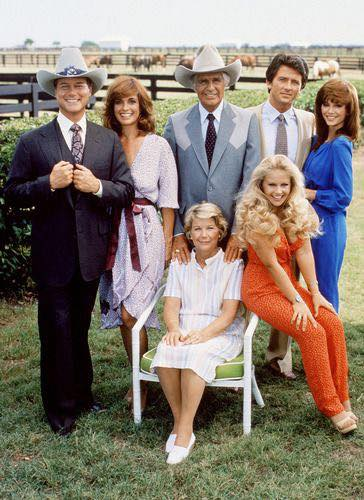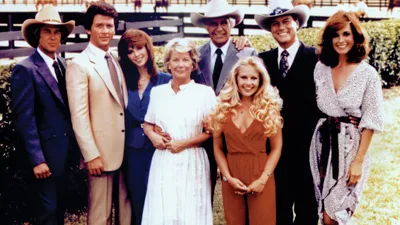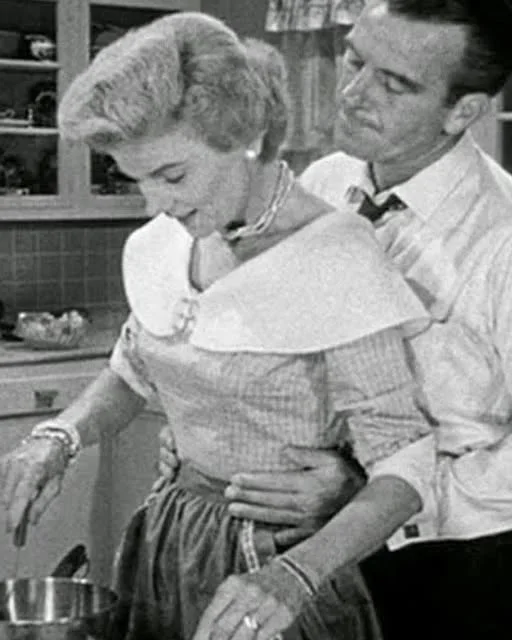A Deep Dive Into the Iconic American Soap Opera
Few TV shows have left a legacy as enduring and influential as Dallas. Airing on CBS from April 2, 1978, to May 3, 1991, this groundbreaking American primetime soap opera revolved around the lives, loves, and power struggles of the affluent Ewing family in Texas. With its captivating drama, cliffhangers, and unforgettable characters, Dallas revolutionized television and remains a cultural touchstone even decades after its finale.

The Birth of a Television Phenomenon
Dallas began humbly as a five-part miniseries. Initially scheduled in a late-night Sunday slot, the producers had low expectations. However, the response was electric. The series quickly evolved into a full-fledged show, running for an impressive 14 seasons and a total of 357 episodes.
The series was set in Dallas, Texas, primarily on the sprawling Southfork Ranch. It explored the Ewing family’s intricate web of relationships, focusing on their independent oil company, Ewing Oil, and their cattle-ranching empire. From the outset, the show masterfully blended themes of wealth, power, betrayal, and romance.
Key Characters That Defined Dallas
One of the defining elements of Dallas was its ensemble cast, led by characters whose dynamics drove the show’s riveting drama:
- J.R. Ewing (Larry Hagman): The devious oil tycoon and master manipulator, J.R. quickly became the show’s breakout star. His schemes, rivalries, and dirty business tactics were the cornerstone of Dallas’ appeal.
- Miss Ellie Ewing (Barbara Bel Geddes): As the matriarch of the Ewing family, Miss Ellie embodied grace and strength, balancing her loyalty to the Southfork Ranch with her love for her family.
- Bobby Ewing (Patrick Duffy): The youngest Ewing son, Bobby, was the moral compass of the family. His marriage to Pamela Barnes (Victoria Principal) brought tension to the story, as her family had a long-standing feud with the Ewings.
- Sue Ellen Shepard (Linda Gray): J.R.’s wife, Sue Ellen, struggled with his infidelities and manipulations, delivering some of the most dramatic and emotional moments of the series.

Memorable Storylines and Cliffhangers
Dallas mastered the art of the cliffhanger, leaving viewers desperate for answers season after season. Some of the most unforgettable moments include:
The “Who Shot J.R.?” Phenomenon
The season 3 finale, “A House Divided,” ended with J.R. being shot by an unknown assailant. The mystery captured global attention, and the subsequent episode, “Who Done It,” became one of the most-watched TV broadcasts of all time.
Bobby’s Death and the Dream Season
Season 8 ended with Bobby’s tragic death, only for the entirety of season 9 to be revealed as a dream of Pamela’s. This controversial twist remains one of television’s most debated plotlines.
Southfork in Flames
Season 6 closed with a dramatic fire engulfing the Ewing family’s iconic home, Southfork Ranch, leaving fans speculating about the fates of their beloved characters.
The Show’s Cultural Impact
Dallas was more than just a soap opera; it was a cultural juggernaut. It redefined primetime television by blending high drama with intricate storytelling. The show’s portrayal of wealth, ambition, and rivalry resonated with audiences worldwide, earning accolades and inspiring countless imitators.
The iconic Dallas theme song and opening credits became instantly recognizable, setting the tone for the grandeur and intrigue that awaited viewers. The series also gave birth to a successful spin-off, Knots Landing, which ran for 14 seasons and became a hit in its own right.
Awards and Accolades
Throughout its 14-season run, Dallas received widespread critical acclaim. The show won four Emmy Awards, including Outstanding Lead Actress in a Drama Series for Barbara Bel Geddes in 1980. It was also named one of Time magazine’s “100 Best TV Shows of All Time” in 2007, solidifying its place in television history.

Revisiting Dallas: Reunion Films and Revivals
The story of the Ewings didn’t end with the series finale. Fans were treated to two reunion films: Dallas: J.R. Returns and Dallas: War of the Ewings. These continuations provided closure for lingering plotlines and brought the beloved characters back to the small screen.
In 2012, TNT launched a modern revival of Dallas. The new series followed the next generation of Ewings while honoring the legacy of the original. Although it ran for only three seasons, the revival introduced Dallas to a new audience and reignited interest in the classic show.
Legacy and Influence on Modern Television
Dallas set the standard for serialized television drama. Its intricate plots, morally complex characters, and shocking twists paved the way for modern shows like Game of Thrones and Succession. The show’s influence is evident in how it elevated the importance of ensemble casts and long-term storytelling in television.
Beyond its narrative achievements, Dallas holds a special place in pop culture. From parodies to references in other media, the show’s impact endures, keeping its memory alive for new generations of viewers.
Conclusion: A Trailblazing Classic
Dallas wasn’t just a TV show—it was a cultural phenomenon that redefined what primetime television could achieve. With its unforgettable characters, groundbreaking storytelling, and iconic cliffhangers, it remains a shining example of how a series can captivate audiences and leave a lasting legacy.
For fans who grew up with the Ewings and newcomers discovering the drama for the first time, Dallas continues to be a testament to the enduring power of compelling television. It’s more than a show; it’s a piece of entertainment history that will never be forgotten.






